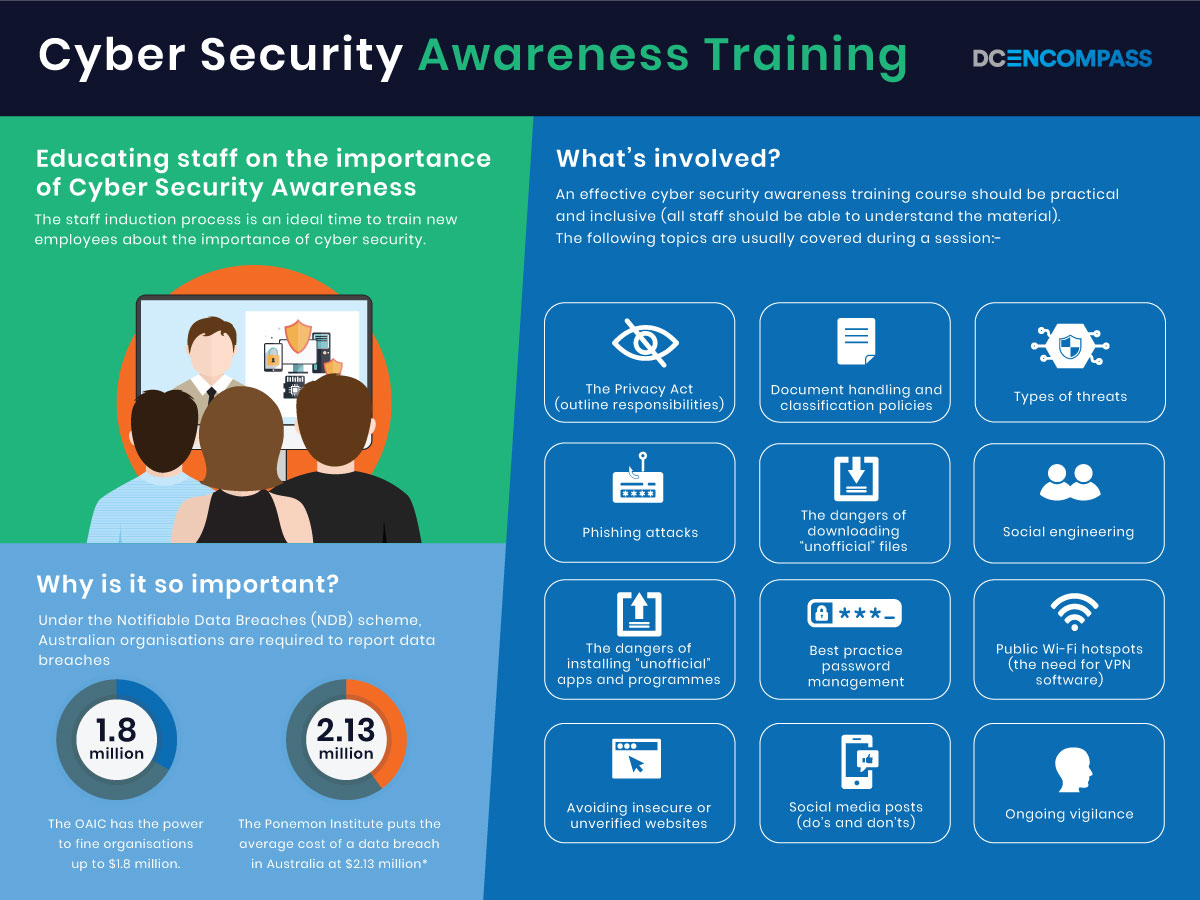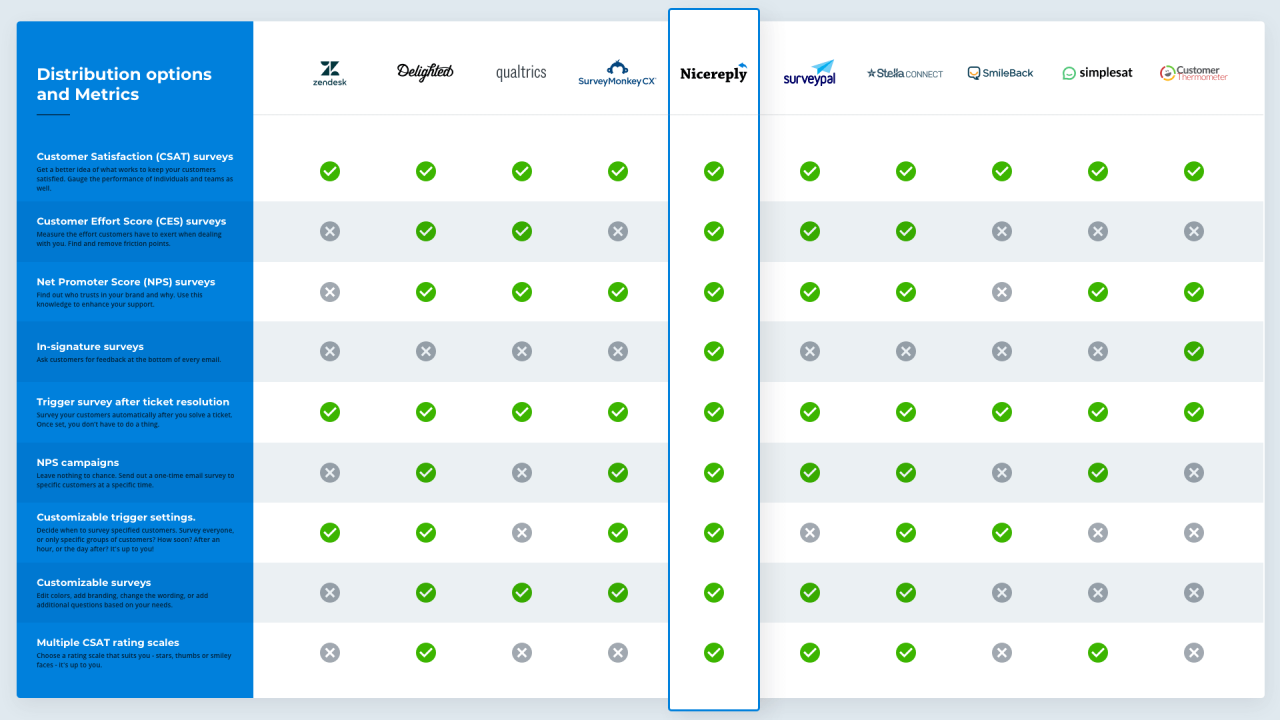Cybersecurity Training Programs
Delving into Cybersecurity training programs, this introduction immerses readers in a unique and compelling narrative. In today’s digital age, the importance of cybersecurity training cannot be overstated. It is crucial for individuals and organizations to stay ahead of cyber threats and protect valuable data.
With the rise of cyber incidents that could have been prevented with proper training, the need for effective cybersecurity programs is more pressing than ever. By exploring key components and developing comprehensive curriculums, we can equip individuals with the knowledge and skills to combat cyber threats.
Importance of Cybersecurity Training Programs

In today’s digital age, cybersecurity training programs are more crucial than ever to protect individuals and organizations from cyber threats. These programs provide essential knowledge and skills to defend against various cyber attacks and ensure the security of sensitive data.
Prevention of Cybersecurity Incidents
Cybersecurity training programs play a vital role in preventing incidents such as data breaches, ransomware attacks, phishing scams, and malware infections. With proper training, individuals can learn how to identify and respond to these threats effectively, reducing the risk of security breaches.
- Training on recognizing phishing emails and suspicious links can help prevent employees from falling victim to phishing scams, which are a common entry point for cybercriminals.
- Education on secure password practices can help protect sensitive information from unauthorized access and data breaches.
- Training on social engineering tactics can help individuals identify and avoid manipulation techniques used by cybercriminals to gain access to confidential information.
Effectiveness of Cybersecurity Training
Studies have shown that cybersecurity training programs are effective in reducing security breaches and improving overall cybersecurity posture. According to a report by Security Magazine, organizations that provide regular cybersecurity training to employees experience 30% fewer security incidents compared to those that do not invest in training.
“Cybersecurity training is not just a checkbox exercise; it is a proactive measure that can significantly enhance an organization’s security defenses.”
Key Components of Effective Cybersecurity Training Programs
Effective cybersecurity training programs play a crucial role in equipping individuals with the knowledge and skills needed to protect organizations from cyber threats. These programs must incorporate key components to ensure comprehensive training and awareness.
Essential Elements in Cybersecurity Training Programs
- Technical Fundamentals: Covering basic concepts such as encryption, network security, and malware detection is essential for building a strong foundation.
- Security Best Practices: Educating individuals on password management, data protection, and safe browsing habits helps in promoting a security-conscious culture.
- Incident Response Training: Providing guidance on how to detect, respond to, and recover from security incidents is critical in minimizing the impact of breaches.
- Compliance and Regulations: Understanding relevant laws and regulations ensures that employees adhere to legal requirements when handling sensitive data.
Role of Hands-On Exercises and Simulations
Hands-on exercises and simulations are valuable components of cybersecurity training programs as they offer practical experience in dealing with real-world scenarios. By simulating cyber attacks or security incidents, individuals can enhance their problem-solving skills and learn how to respond effectively in high-pressure situations.
Comparison of Training Delivery Methods
| Online Courses | Workshops | Seminars |
|---|---|---|
| Flexible and self-paced learning | Interactive sessions with hands-on activities | Opportunity for networking and knowledge sharing |
| Accessible from anywhere with an internet connection | Face-to-face collaboration and immediate feedback | Expert speakers and industry insights |
| Cost-effective for organizations with remote employees | Focused learning on specific topics or skills | Engaging presentations and discussions |
Developing a Comprehensive Cybersecurity Training Curriculum: Cybersecurity Training Programs

Creating a cybersecurity training curriculum is crucial in ensuring that employees are equipped with the necessary knowledge and skills to protect the organization’s sensitive information and data from cyber threats.
Sample Cybersecurity Training Curriculum, Cybersecurity training programs
- Introduction to Cybersecurity
- Understanding Different Types of Cyber Threats
- Best Practices for Data Protection
- Incident Response and Reporting
- Compliance Regulations and Industry Standards
Importance of Including Compliance Regulations and Industry Best Practices
Integrating compliance regulations such as GDPR, HIPAA, and industry best practices like ISO 27001 in the training curriculum ensures that employees understand the legal requirements and standards necessary to safeguard sensitive data. This helps in maintaining regulatory compliance and reducing the risk of data breaches.
Tips on Tailoring Training Programs for Different Levels of Employees
- Customize the training content based on the job roles and responsibilities of employees. For example, IT staff may require more technical training compared to non-technical employees.
- Offer different levels of training based on the employee’s current knowledge and experience in cybersecurity. Beginners may need foundational training, while advanced employees may benefit from specialized courses.
- Provide ongoing training and refresher courses to ensure that employees stay up-to-date with the latest cyber threats and security measures.
Evaluating the Success of Cybersecurity Training Programs
Effective cybersecurity training programs are essential for organizations to mitigate risks and protect sensitive information. Evaluating the success of these training programs is crucial to ensure that employees are equipped with the necessary knowledge and skills to prevent cyber threats. Here, we will discuss the metrics used to measure effectiveness, best practices for assessments, and how organizations can improve based on evaluation results.
Metrics to Measure Effectiveness
- Completion Rates: Monitoring the percentage of employees who complete the training program.
- Knowledge Assessment: Conducting pre and post-training tests to evaluate the increase in knowledge.
- Phishing Simulation Results: Measuring employee response to simulated phishing attacks.
- Incident Response Time: Tracking how quickly employees respond to security incidents post-training.
Best Practices for Assessments and Feedback
- Anonymous Surveys: Gathering feedback from employees on the relevance and effectiveness of the training.
- Focus Groups: Engaging employees in discussions to understand their perceptions and areas of improvement.
- Skills Assessment: Testing employees on practical application of cybersecurity knowledge in real-world scenarios.
- Manager Feedback: Seeking input from managers on observed changes in employee behavior post-training.
Continuous Improvement Strategies
- Regular Updates: Keeping training content up-to-date with the latest cybersecurity threats and trends.
- Customized Training: Tailoring programs to address specific weaknesses identified through evaluations.
- Reward System: Incentivizing employees who excel in cybersecurity practices post-training.
- Ongoing Monitoring: Continuously tracking employee adherence to security protocols and addressing gaps promptly.
Question & Answer Hub
Why are cybersecurity training programs essential?
Cybersecurity training programs are essential to educate individuals on the latest threats and best practices to protect against cyberattacks.
What are the key components of effective cybersecurity training programs?
Essential elements include hands-on exercises, simulations, and various training delivery methods like online courses and workshops.
How can organizations tailor training programs for different levels of employees?
Organizations can tailor programs by adjusting the complexity of the content based on the employees’ roles and responsibilities.






